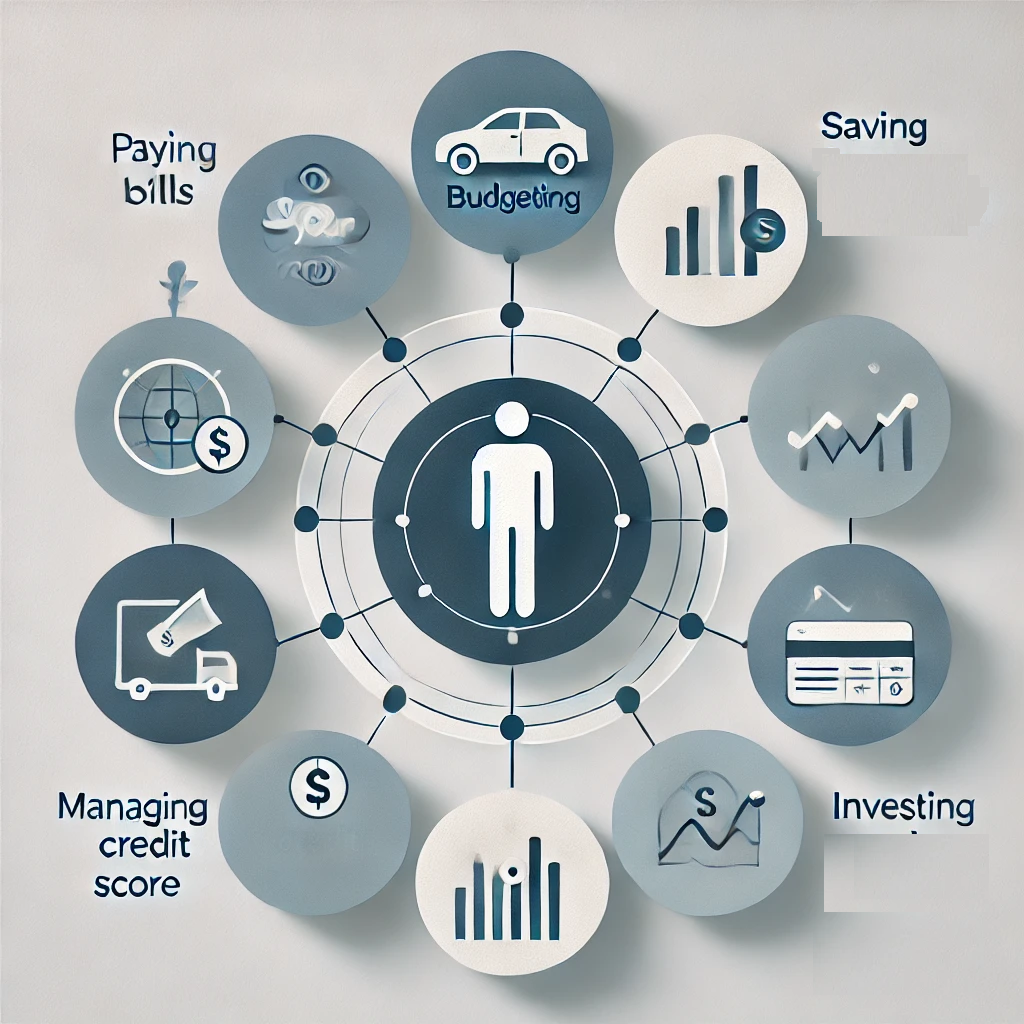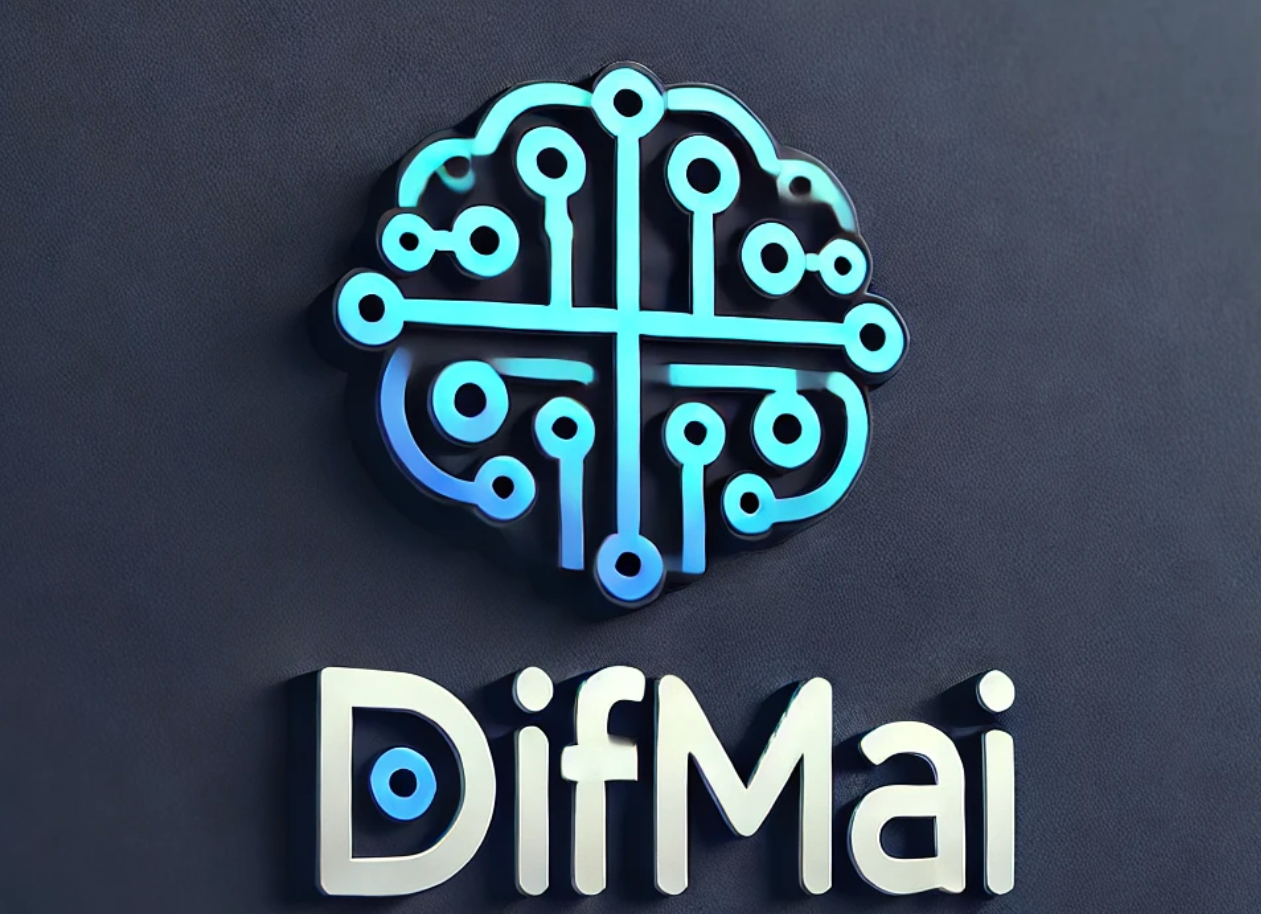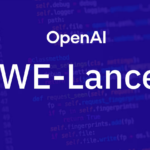TL;DR:
Agentic AI is ushering in a new era where autonomous, goal-seeking AI agents can perform tasks and make decisions with little to no human intervention. This evolution is transforming the “Do It For Me” (DIFM) economy, with massive implications for financial services, consumer tech, and the future of work. Backed by data from industry leaders and AI startups, this article explores the economic impact, key use cases, and what lies ahead.
What Is the “Do It For Me” Economy?
The DIFM economy represents a shift in consumer behavior from DIY (Do It Yourself) to DIFM, where users prefer services or technologies that perform tasks autonomously. Originally driven by convenience (e.g., food delivery, outsourced tasks), the DIFM movement is now being turbocharged by Agentic AI — AI that acts independently to fulfill objectives.
Meet Agentic AI: A Paradigm Shift
Agentic AI refers to autonomous systems capable of contextual understanding, decision-making, and memory — performing complex, multi-step tasks without human prompts.
Unlike chatbots or narrow AI tools, agentic AI is goal-directed and multi-modal, meaning it can:
- Initiate actions without instructions
- Learn from outcomes
- Chain together tasks across systems
- Operate continuously, adapting in real time
This evolution is comparable in magnitude to the rise of the internet — or bigger.
Market Projections: How Big Is This Going to Get?
- According to McKinsey, generative AI could add $2.6 to $4.4 trillion annually to the global economy.
- Goldman Sachs estimates that AI could drive a 7% increase in global GDP over the next decade.
- Deloitte notes that 42% of executives are investing in autonomous agents to enhance operational efficiency.
- The financial services sector is the second-largest consumer of generative AI, after telecom/media, per CB Insights and Bain.
In the DIFM economy, AI will not just recommend — it will act.
DIFM in Financial Services: Where Agentic AI Takes Over
The financial sector is a hotbed for DIFM transformation due to its heavy tech spend and reliance on repeatable, high-stakes decisions.
Use Cases for Agentic AI in Finance:
- Fraud & Deepfake Prevention: Detecting and mitigating synthetic identity threats in real time
- Automated KYC/Onboarding: Speeding up new customer integration
- AI Investment Agents: Personalized bots making portfolio decisions
- Loan Origination: Credit agents negotiating and approving micro-loans autonomously
- Treasury Automation: Optimizing liquidity and FX hedging strategies
- Compliance: Real-time regulatory monitoring and response systems
Startups such as Adept, Replit, and Cognosys are building autonomous workflows that integrate directly into financial ops. Some are already piloting AI agents with major financial institutions.
The Future of Work: What Happens to Contractors?
Tasks historically done by freelancers or BPO vendors — transcription, reconciliation, onboarding, ticket triaging — are now increasingly performed by agentic AI.
By 2030, up to 30% of current outsourced workflows could be handled by agentic AI, according to Accenture and Gartner forecasts.
Visualizing the Shift

Final Thoughts
As agentic AI becomes more mainstream, the DIFM economy will redefine how consumers interact with businesses, how businesses operate internally, and how the workforce is structured.
It’s not just about automation — it’s about delegation at scale. The companies and individuals who adopt agentic AI early will likely capture outsized value.
Sources:
- McKinsey – The Economic Potential of Generative AI
- Goldman Sachs – AI’s Impact on the Global Economy
- Deloitte – Autonomous Agents in Enterprise
- CB Insights – AI in Financial Services
- Accenture – Reinventing Business with AI
- Bain – Agentic AI and the Future of Banking



